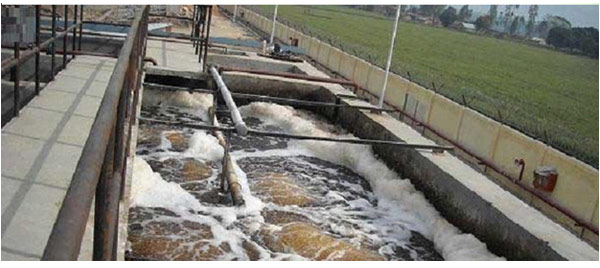


Extended Aeration/Activated Sludge process
The basic technology generally used for the treatment of Sewage is activated sludge process. This applies to both small and large processing plants and the difference lies in the arrangement and enhancement of the various sections of the process. The activated sludge process is a natural process and nature offers us a unique solution to treat sewage. Nature has provided a special balance in this process in that the micro organisms present when the food levels are high, will also consume the largest amount. This allows the quick breakdown of the BOD levels to more reasonable levels. Once these levels are reached, other microorganisms, which are heavier and less mobile, will reduce the BOD levels further, until the final acceptable standards are obtained The fact that the last organisms are large and heavy, allows us in practical terms to settle these organisms out very efficiently, producing a clear liquor.
To balance the process, we can identify four major sections in a activated sewage plant system:
- Collection and anaerobic storage
- Aeration of the Sludge
- Recirculation of Activated Sludge to maintain MLSS.
- Setting of the sludge removing all solids
- Chlorination and phosphorus removal to bring the final effluent up to the required standard.

